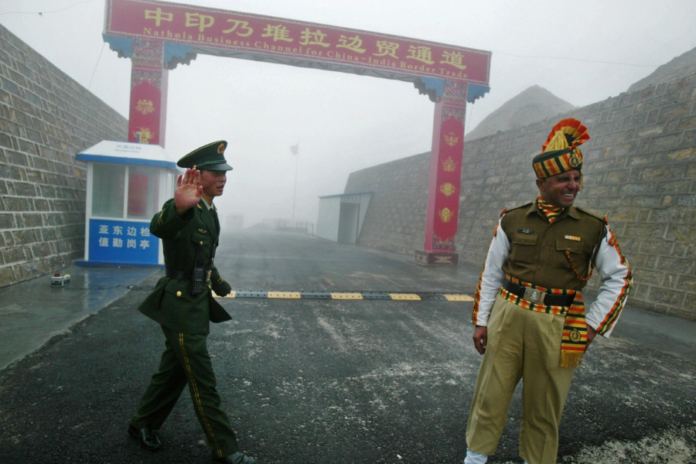China has been more aggressively pursuing its territorial claims with its neighbours, from the South China Sea to the Line of Actual Control (LAC) with India, in an effort to discourage their warming relations with the United States (US). This dangerous tactic, according to experts, may ultimately backfire.
Even though the most recent 19th round of negotiations between China and India, held on August 13 and 14 at the Chushul-Moldo border meeting point, ended with a joint statement from both parties unlike in the previous round and an agreement “to resolve the remaining issues in an expedited manner,” Indian officials claim that the negotiations have been anything but quick due to a broader hardening Chinese stand in enforcing Beijing’s claims along the LAC.
Officials and experts say that reducing tensions may merely be tactical steps to set the stage for a meeting of high-level leaders, even as Beijing continues to harden its position along the border.
This dynamic has recently been seen in another theatre, the disputed South China Sea, where one of China’s fleet of increasingly sophisticated and large coast guard ships used water cannons to stop a Philippines ship from bringing supplies to a garrison already stationed there.
Indian officials claim that as the China-U.S. rivalry has grown, Beijing has increasingly framed its relations with New Delhi solely in the context of its alliance with Washington. They believe this strategy is a major factor in the deterioration of India-China relations, which are at their lowest point since the normalisation of relations more than three decades ago.
S. Jaishankar, the minister of external affairs, claimed Beijing was looking at relations with India through the eyes of a third party in a number of interviews and public statements. He has also referred to the existing state of affairs as “abnormal” in light of Beijing’s efforts to unilaterally reaffirm its claims and alter the status quo on the LAC beginning with a number of offences in April 2020.
Both sides have disengaged from five locations of contention in the Galwan Valley, to the north and south of Pangong Lake, as well as Patrolling locations 15 and 17A, since Corps Commander-level negotiations began in 2020. As a result of Beijing’s “unreasonable and unacceptable” demands that India give up its rights to patrol the final two friction areas, Depsang and Demchok, the talks have slowed significantly over the past year, with only three rounds of negotiations taking place.



